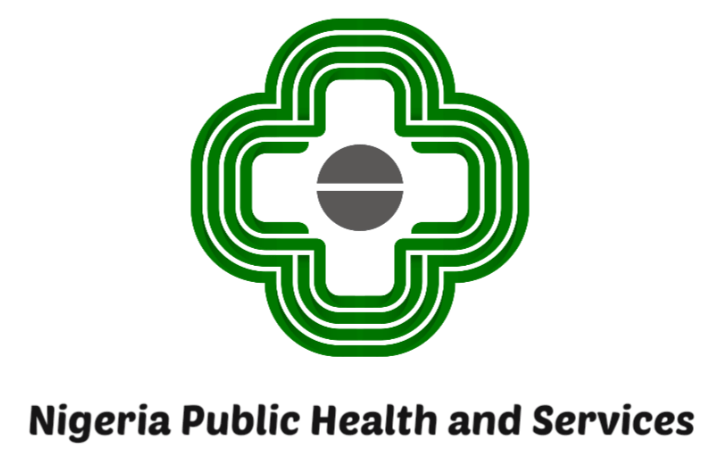Bedbugs Illness
Bedbugs are small, nocturnal insects that feed on human blood. While they are not known to transmit diseases, their bites can cause various health issues, including allergic reactions, skin infections, and psychological distress. Understanding the illnesses associated with bedbug infestations is essential for proper management and prevention.
Conditions Caused by Bedbugs
Bedbug bites primarily cause dermatological conditions such as itching, redness, and swelling. In some cases, individuals may develop allergic reactions ranging from mild irritation to severe anaphylaxis. Secondary infections may occur if the bite sites are scratched excessively, leading to bacterial infections like impetigo or cellulitis. Additionally, chronic infestations can contribute to anxiety, insomnia, and stress-related disorders.
Symptoms
- Red, itchy bumps or welts, often arranged in clusters or lines
- Swelling and inflammation around the bite site
- Burning sensation or mild pain
- Allergic reactions such as hives or blistering in sensitive individuals
- Secondary skin infections due to scratching
- Sleep disturbances and anxiety in cases of prolonged infestation
Causes
Bedbug infestations occur when these insects are introduced into a living environment, commonly through luggage, furniture, clothing, or used mattresses. Bedbugs thrive in cluttered areas and can hide in cracks, seams of mattresses, bed frames, and furniture. They become active at night, feeding on the exposed skin of sleeping individuals.
Diagnosis
Diagnosis is typically based on clinical examination and patient history. Identifying the characteristic bite pattern and ruling out other causes of skin lesions is important. Confirmation of infestation involves visual identification of bedbugs, their exoskeletons, or faecal spots in the living environment. In some cases, pest control professionals may assist in confirming the presence of bedbugs.
Treatment
Treatment focuses on relieving symptoms and preventing secondary infections:
- Topical corticosteroids to reduce inflammation and itching
- Oral antihistamines to control allergic reactions
- Antibiotics for secondary bacterial infections if present
- Avoid scratching to prevent skin damage
- Psychological support for anxiety or sleep disturbances related to infestation
Eliminating bedbugs from the environment is critical and may require professional pest control services.
Prevention
Preventing bedbug infestations involves:
- Inspecting secondhand furniture and bedding before bringing them indoors
- Using protective covers on mattresses and box springs
- Reducing clutter to minimise hiding places
- Regularly vacuuming and cleaning sleeping areas
- Being vigilant when travelling by inspecting hotel rooms and keeping luggage elevated
- Promptly addressing any signs of infestation with appropriate pest control measures
Understanding and managing bedbug-related illnesses can significantly improve quality of life and prevent further complications.
